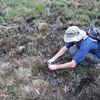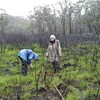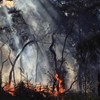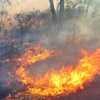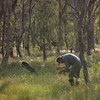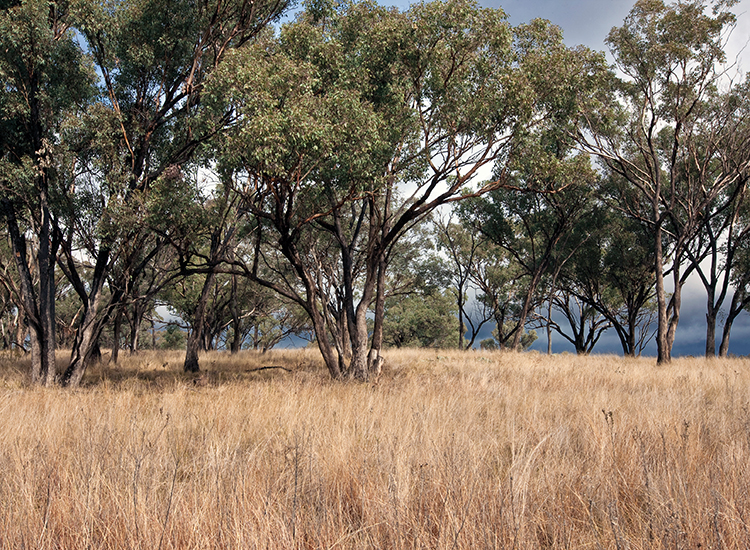
Post-fire recovery of Australia’s threatened woodlands: Avoiding uncharted trajectories
Wednesday, 02 September 2020The 2019–20 bushfires burnt some of Australia’s most threatened woodland communities. Researchers from The University of Melbourne have been building a State and Transition Model based on expert knowledge to help inform recovery planning for Australia’s threatened woodland communities. Here, Dr Megan Good and Dr Libby Rumpff demonstrate how their framework could inform post-fire monitoring and management to avoid negative outcomes for threatened woodland ecosystems.
Threatened woodland communities devastated
Australian woodlands occupy 12% of the continent (91.5 million ha) and have declined more than any other major vegetation group since European occupation – currently over 30 woodland communities are listed as threatened under the Environment Protection and Biodiversity Conservation Act 1999 (EPBC Act).
The catastrophic bushfires of the 2019–20 summer significantly impacted almost half of these woodland communities and affected their component plants and animals over thousands of hectares.
Post-fire regional analysis has so far highlighted at least eight woodland communities as priorities for recovery action in at least one Natural Resorce Management region.
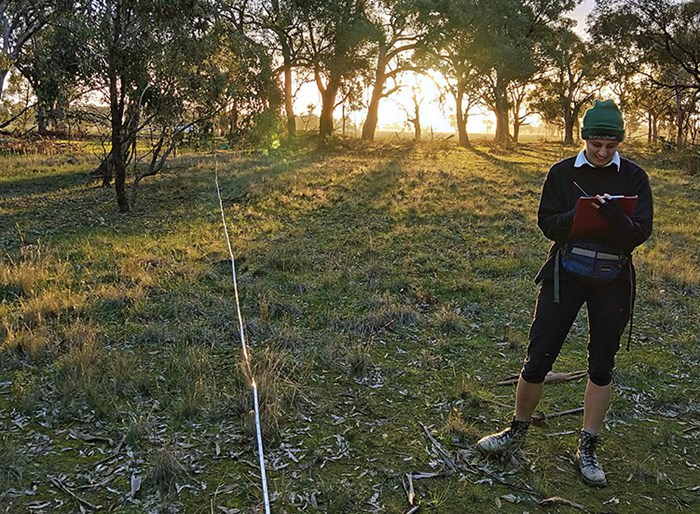
Research assistant on the “Woodland recovery planning” project Freja Butler in the field north-east of Shepparton, on land of the Taungurung people. Image: Megan Good
Recovery planning for woodlands
There are many threatened woodland communities, but few have recovery plans to guide management, although other simpler documentation such as a Conservation Advice is published at the time of listing. Our project began in 2017, with the aim of determining general principles to increase the information available to support fast and effective recovery planning and other management interventions and planning. To this end, we have been working with woodland experts from across southern Australia to synthesise knowledge from a broad range of eucalypt woodlands.
At the heart of this project is a State and Transition Model (STM). STMs help conservation managers better understand how woodlands function and respond to management actions. Managers can use them to decide on the start and end points for restoration, identify the key threats to recovery, and explore which interventions might best target those threats.
Experts identified a series of common “states” of woodland condition found across southern Australia, as well as both positive drivers and threats that can push the condition state of woodlands in different directions. Degraded states are more common, and without intervention negative transitions (towards degraded states) are more likely than positive transitions (towards better condition states). This highlights the importance of preventative threat management in these woodland systems.
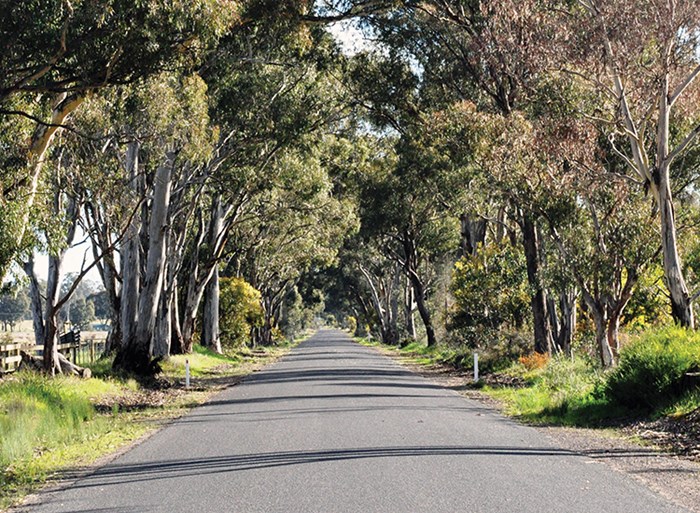
The best remnants of many threatened woodlands occur in road corridors. Image: Libby Rumpff
Pre-fire condition and post-fire trajectories
We know that many vegetation communities will recover well from fire, and some need fire to maintain ecosystem health and biodiversity. However, listed threatened communities have other pre-existing and ongoing threats that can reduce their resilience to fire, such as severe drought, fragmentation, soil disturbance, grazing and invasive species. Woodland communities facing multiple post-fire threats will almost certainly need assistance to recover through management interventions.
Understanding the pre-fire condition of a burnt woodland can tell us a lot about the probable post-fire trajectory. Landscape context and fragmentation are similarly important, as they might indicate the abundance of native or weedy species that are likely to act as a seed source for regenerating woodlands. Small patches of woodland surrounded by cropping or sown pastures will have different requirements for post-fire management than larger patches, or patches surrounded by native species.
For example, the Critically Endangered Lowland Grassy Woodland in the South East Corner Bioregion, which has 30–50% of its distribution in fire-affected areas, is one of Australia’s most at-risk ecological communities following the fires. Pre-fire condition would have varied across the burnt area, and this makes a difference. For instance, some of that land may have been in poor condition, like grazed pasture (“Simplified 4” state in our model – see Figure 1). The general advice from our expert model, if the aim were to shift to an improved condition state (e.g. “Simplified 1” – like a high-quality roadside reserve) would be to remove stock, actively control weeds, and replant trees and shrubs or encourage and protect any passive tree recruitment. Indeed, a fire may provide an opportunity to improve the condition of the site by removing weeds, but only if active management is implemented before weeds recolonise.
In contrast, some of the area might have been in a better condition state, like a roadside reserve with a relatively intact understorey (“Simplified 2”). In general, it is much easier to encourage a return to the pre-fire state than to increase the condition of that state, but active management is still required. Protecting a regenerating understorey would be wise. In this case, our general model suggests removing stock and managing grazing pressure (closing water holes), and proactive weed management.
Here, we considered two pre-fire condition states of a single woodland community. A decision tree, like those developed in our project (Figures 1A and 1B), can clarify which outcomes we might expect when our starting points and management interventions differ. Where resources are limited, we can use this framework to prioritise effort and investment.
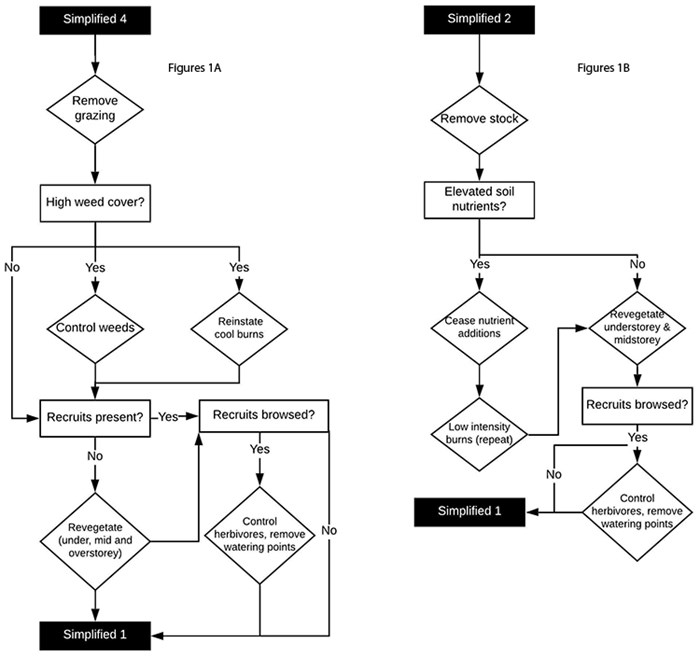
Figure 1. Example decision trees extracted from our general State and Transition Models for southern Australian woodlands. These can be used to guide management decisions for woodlands in different pre-fire condition states. Figure 1A shows the types of decisions that might guide the recovery of a woodland in a grazed pasture state (Simplified 4) towards an improved state (Simplified 1). In contrast, Figure 1B shows how a relatively high-quality site could be managed.
Decisions! Decisions!
After these unprecedented fires, management decisions should be made quickly with whatever information is available. Ongoing monitoring is also critical to ensure that negative trajectories are identified early, while we can still intervene.
A major aim of this project was to generalise and transfer understanding from one system to another to aid effective conservation management, without losing critical aspects of what defines each distinct woodland type. Experts helped to construct a generalised model to speed up the decision-making process about what works best and where, and for the examples provided above, our recommendations align well with and supplement the official conservation advice (EPBC Act 1999) for listed woodlands. This demonstrates the value of providing structured guidance for managing ongoing threats and large-scale disturbances such as fires as we continue to work towards woodland recovery.
Acknowledgement
This article was prepared with contributions from Mark Bourne and Matthew White of the Australian Government Department of Agriculture, Water and the Environment.
This work is based on an expert elicitation project led by Hannah Fraser with assistance from Elliot Gould and Peter Vesk. The woodland experts consulted for this project were: Matt Appleby, Mark Bourne, David Duncan, Carl Gosper, Chris Jones, Rebecca Jordan, Suzanne Prober, Stephanie Pulsford, Anna Richards, Dan Rogers, Steve Sinclair, Ayesha Tulloch and John Wright.
Further information
Megan Good - goodm@unimelb.edu.au
Libby Rumpff - lrumpff@unimelb.edu.au
Top image: Box gum grassy woodland on the private ‘Gillinghall’ property near Wellington, New South Wales. Image: Department of Agriculture, Water and the Environment
-
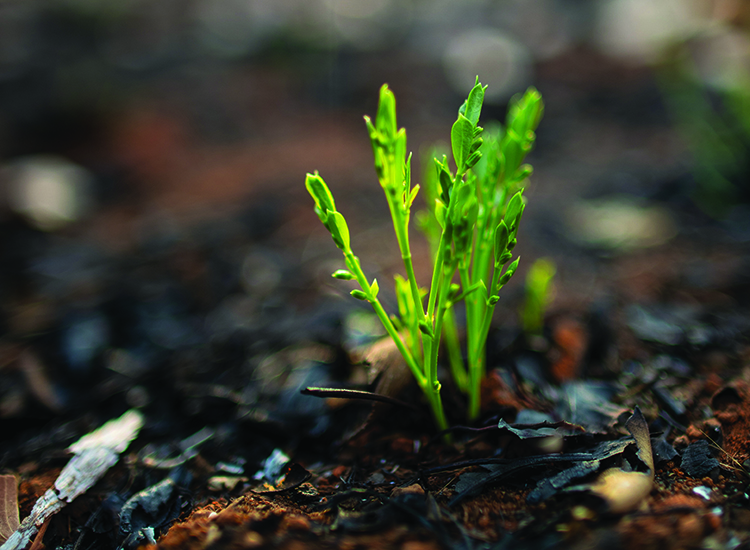
From the ashes: The 2019–20 wildfires and biodiversity loss and recovery
Monday, 31 August 2020 -
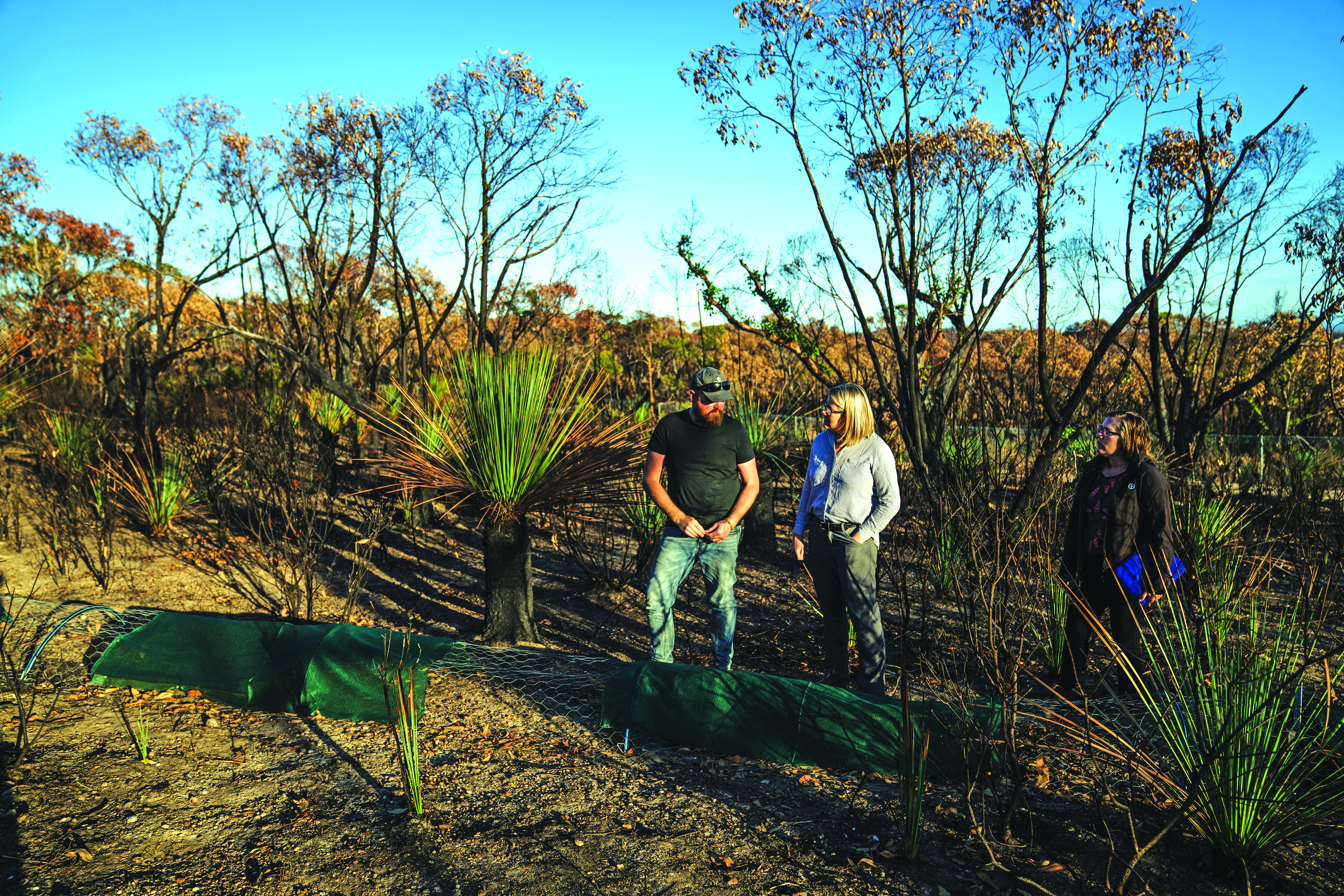
Rapid action to save species after the fires
Monday, 31 August 2020 -
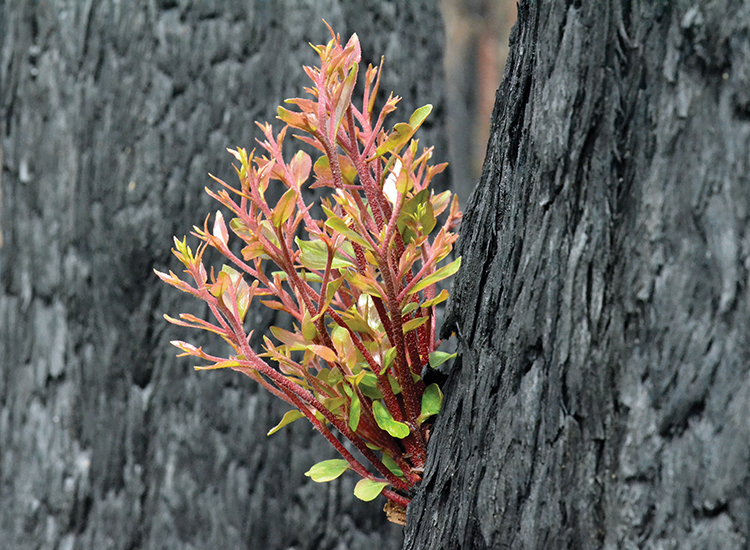
Plants in the ashes: Prioritising Australian flora after the fires
Monday, 31 August 2020 -
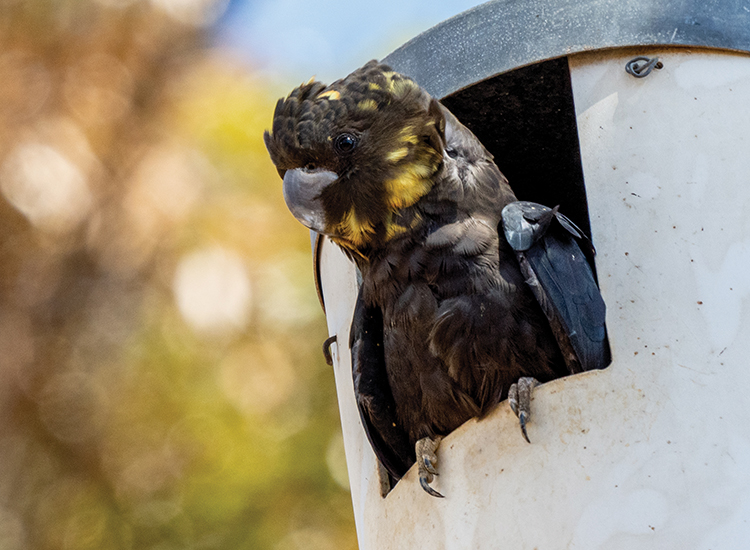
Prioritising action for animal species after the fires
Tuesday, 01 September 2020 -
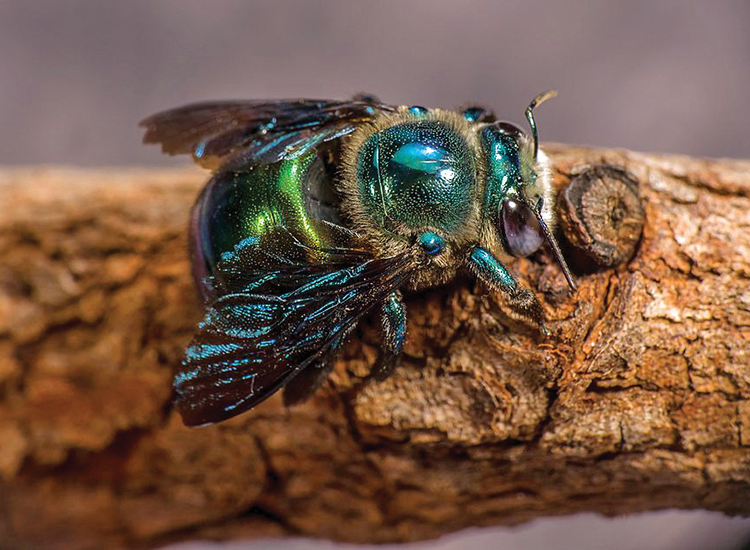
The little things count too: Prioritising recovery efforts for fire-affected invertebrates
Tuesday, 01 September 2020 -

Protecting persistence: Listing species after the fires
Tuesday, 01 September 2020 -
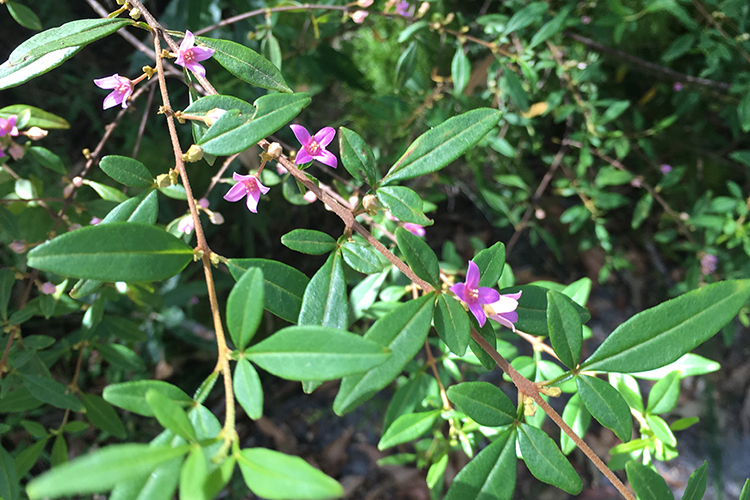
‘Tis the season...Understanding how threatened plants respond to different fires
Tuesday, 26 November 2019 -
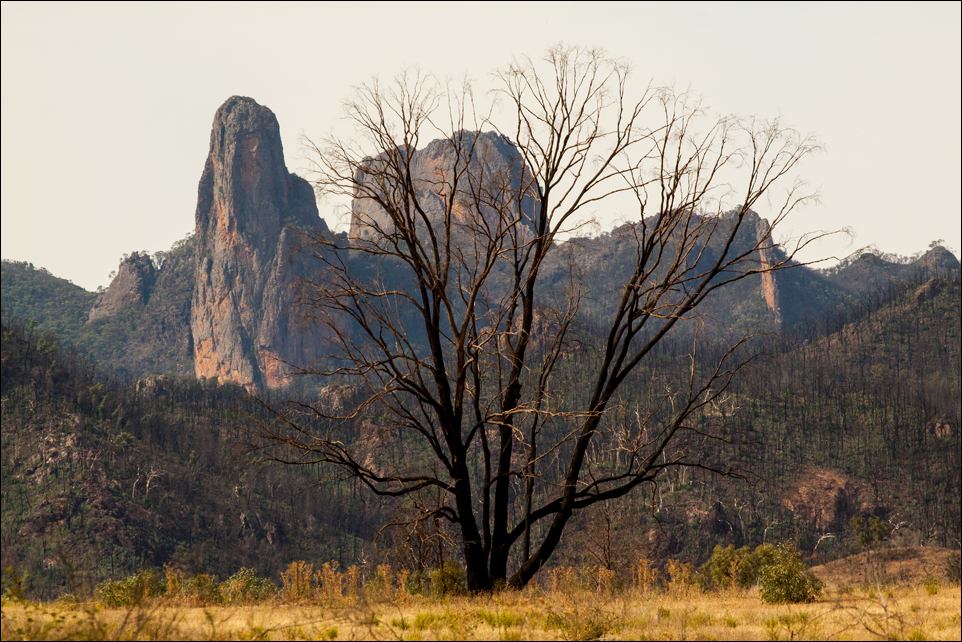
Threatened Species Recovery Hub statement on the fires
Tuesday, 14 January 2020 -

Welcome to the Community
Tuesday, 26 September 2017 -
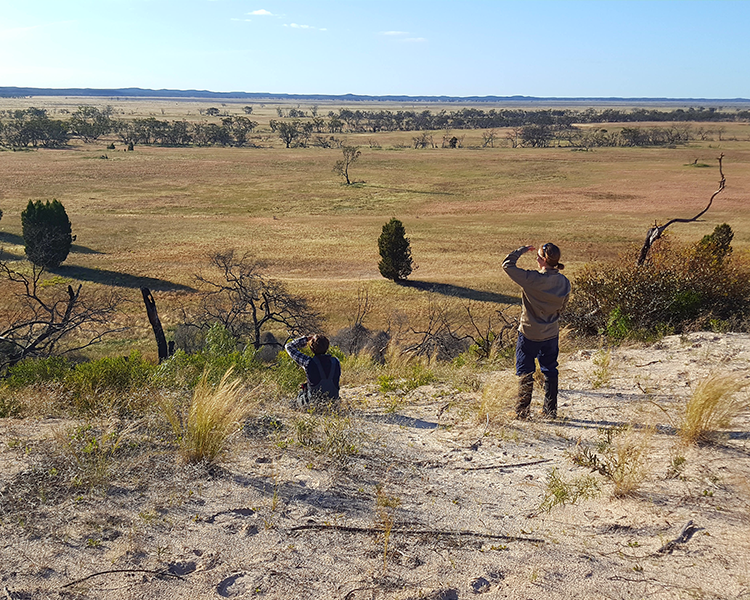
Why Buloke woodland species are failing to regenerate
Friday, 20 October 2017 -
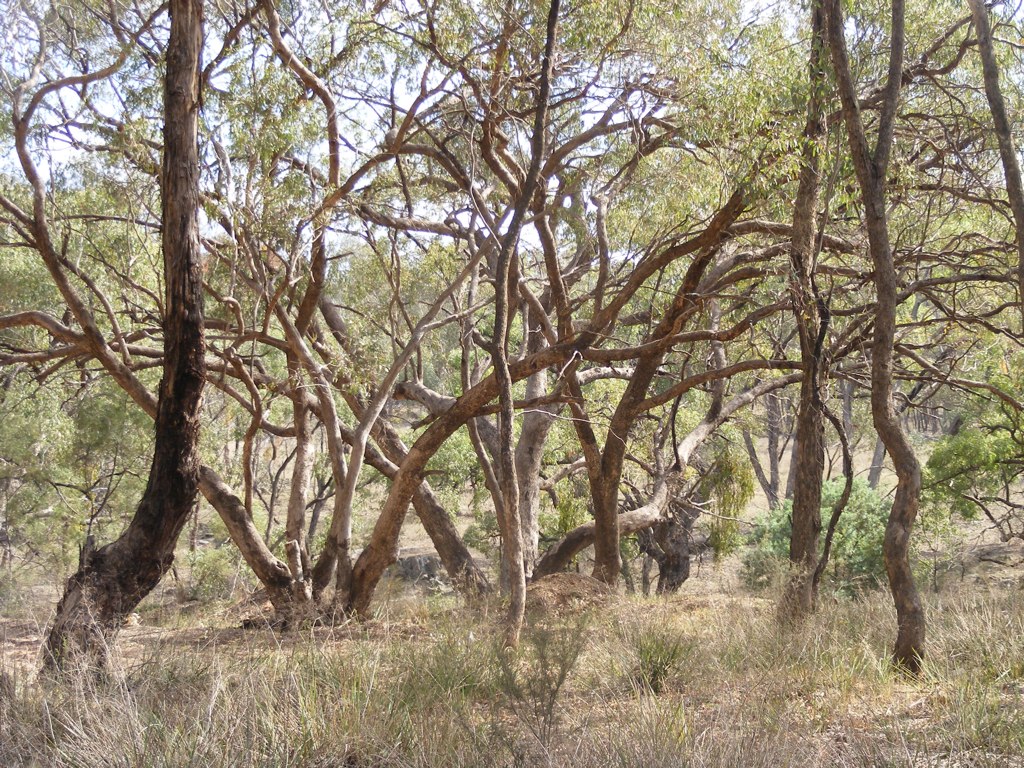
Saving woodland and alpine habitats
Friday, 03 June 2016 -
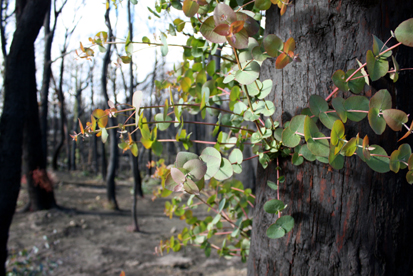
Strategic fire management can reduce extinctions
Sunday, 22 November 2015
